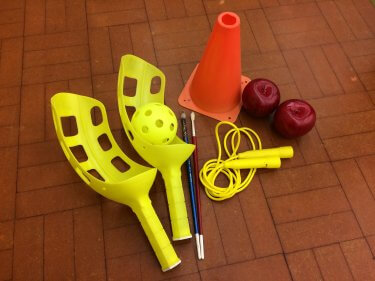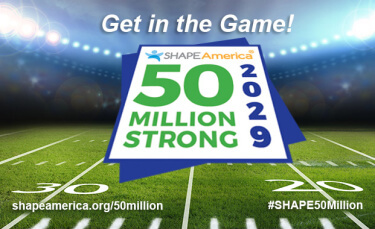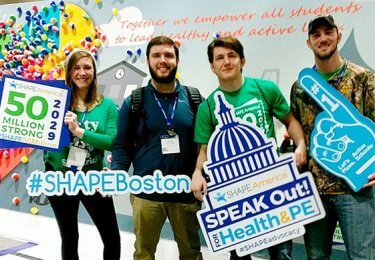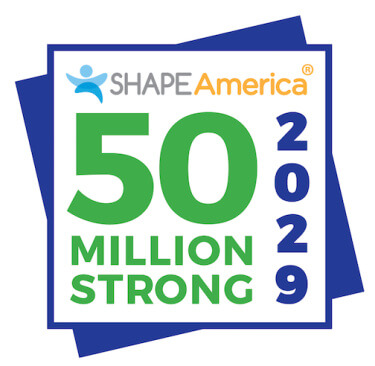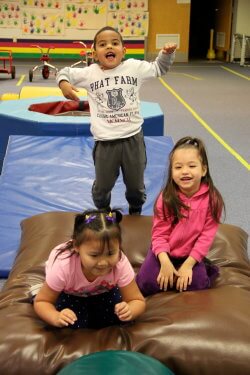Three years ago, I had the pleasure to invite some of my favorite elementary physical education friends to share the center stage at the 2014 National Physical Education Institute. Included were three of the biggest names in our business – Dr. George Graham, Dr. Bob Pangrazi, and Jean Blaydes. Rounding out this trio were three younger professionals – Dr. Guy Le Masurier, Baker Harrell, and a young third year physical education teacher from Canada – Joey Feith (pronounced “fight”).
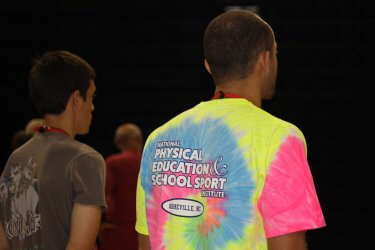
Each of the keynotes were web-streamed live for the broader physical education community to watch. Bob Pangrazi ended up with a huge number of off-site viewers (5,900+), Jean was next (5,200+), and George and Guy each had 1,500+ views. Baker, our lone non-PE person had less than 500 views. However, Baker’s keynote was probably the most insightful and provided us (in my humble opinion) with what really needs to happen to make physical education a “cause-to-action” in the United States.
The top view-getter turned out to be the youngest person there – third year teacher Joey Feith (now at 6,400+ views). Think about this for a moment, 6,400+ views is more than the total number of attendees at this year’s SHAPE America Convention in Boston. Even if there wasn’t any snow! So what does this mean? To me, this means that we have entered an entirely new way to be connected to our craft – the Internet!
